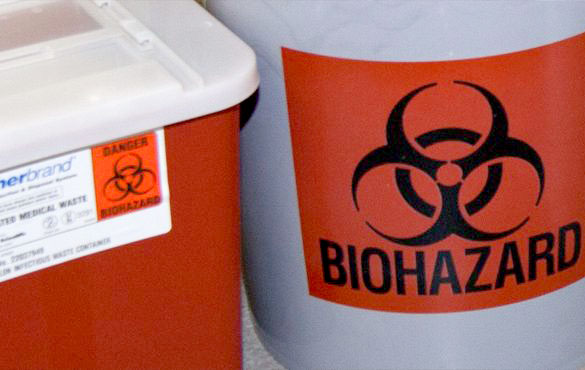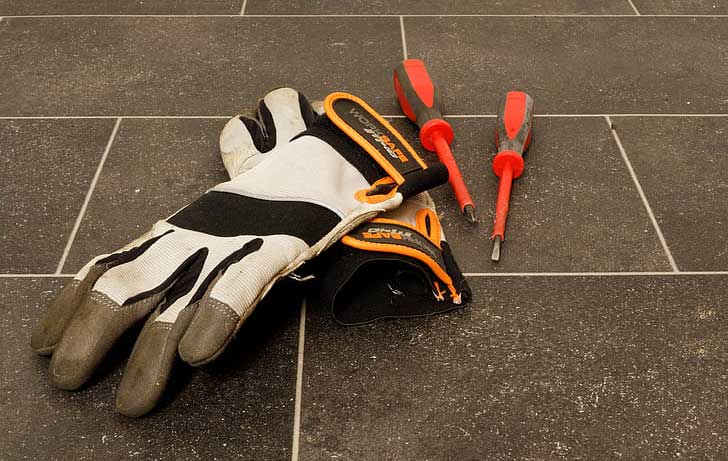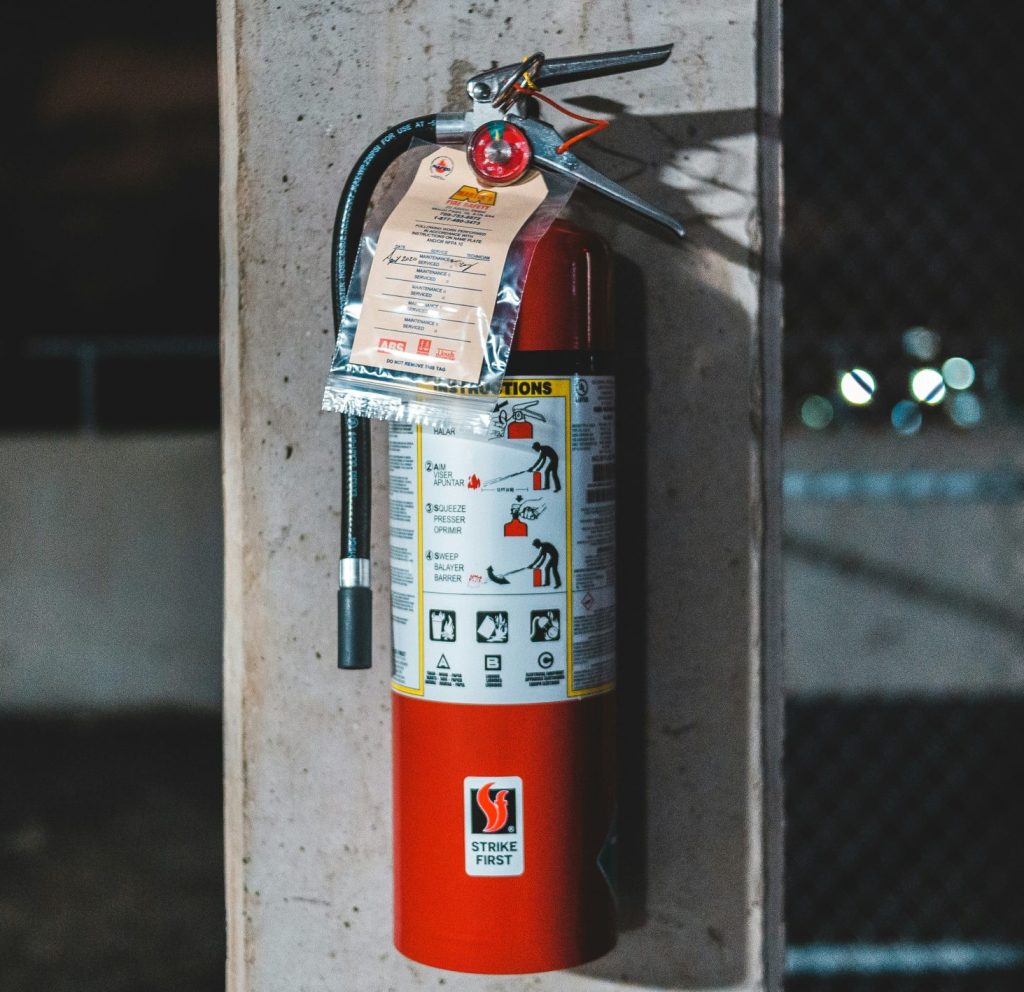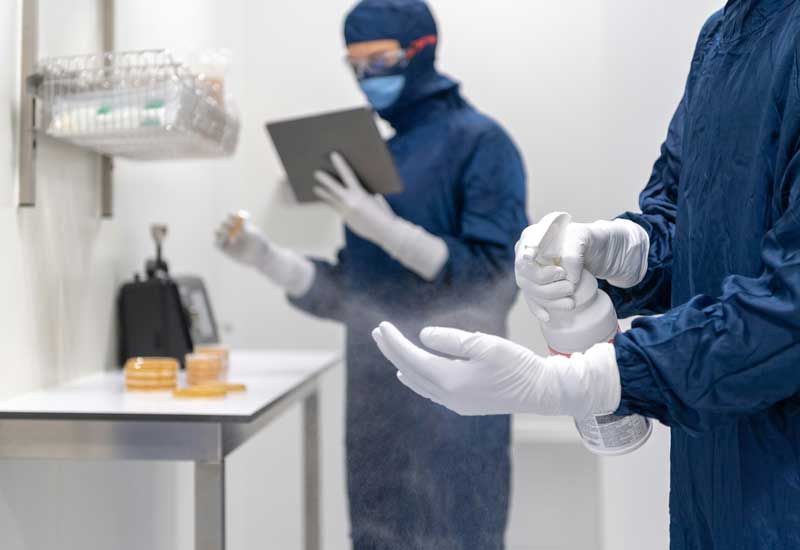Teaching Laboratories
The University of Michigan (U-M) is committed to providing a safe and healthy learning environment for all students in teaching laboratories. Teaching laboratory instructors must be aware of the associated risks in using biological materials in the laboratory. The American Society for Microbiology (ASM) and Centers for Disease Control (CDC) have created guidelines for best practices in teaching labs designed to encourage awareness of the risks, promote uniformity in teaching practices, and protect the health of students. The following guidelines adopted by U-M outline best practices to minimize the risks to students and the community.
Teaching Laboratory Guidelines
Responsibility
Environment, Health and Safety (EHS) – The biological safety group within EHS is responsible for assuring compliance with State and Federal standards and University policies related to laboratory practices involving biologicals. Although students who are not employed by the University are not covered by most state and federal occupational laws, U-M is committed to providing a safe environment in teaching laboratory settings. All teaching laboratories where biologicals are used must comply with these guidelines.
Laboratory Director/Principal Investigator (PI)/Course Instructor – The lab director/PI/Course Instructor will be responsible for training and supervision of graduate student instructors (GSI) or teaching assistants (TA) for their classes.
Graduate student instructor/Teaching Assistant – The teaching lab instructor will be responsible for implementation of the safety guidelines in each of the laboratory classes. Prior to experiments, or handling of biologicals, time in lecture or lab should be dedicated to covering lab safety.
Students- All students are responsible for their own safety. Each student conducting experiments must follow the safety guidelines and work in a safe manner. The student is responsible for wearing appropriate personal protective equipment needed for the class.






